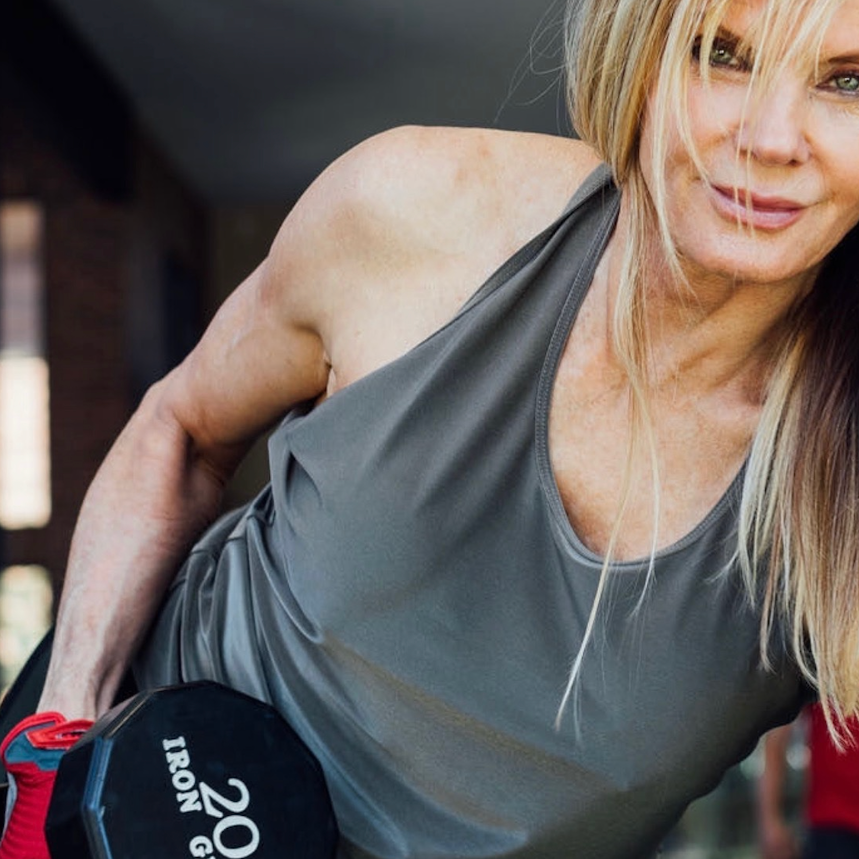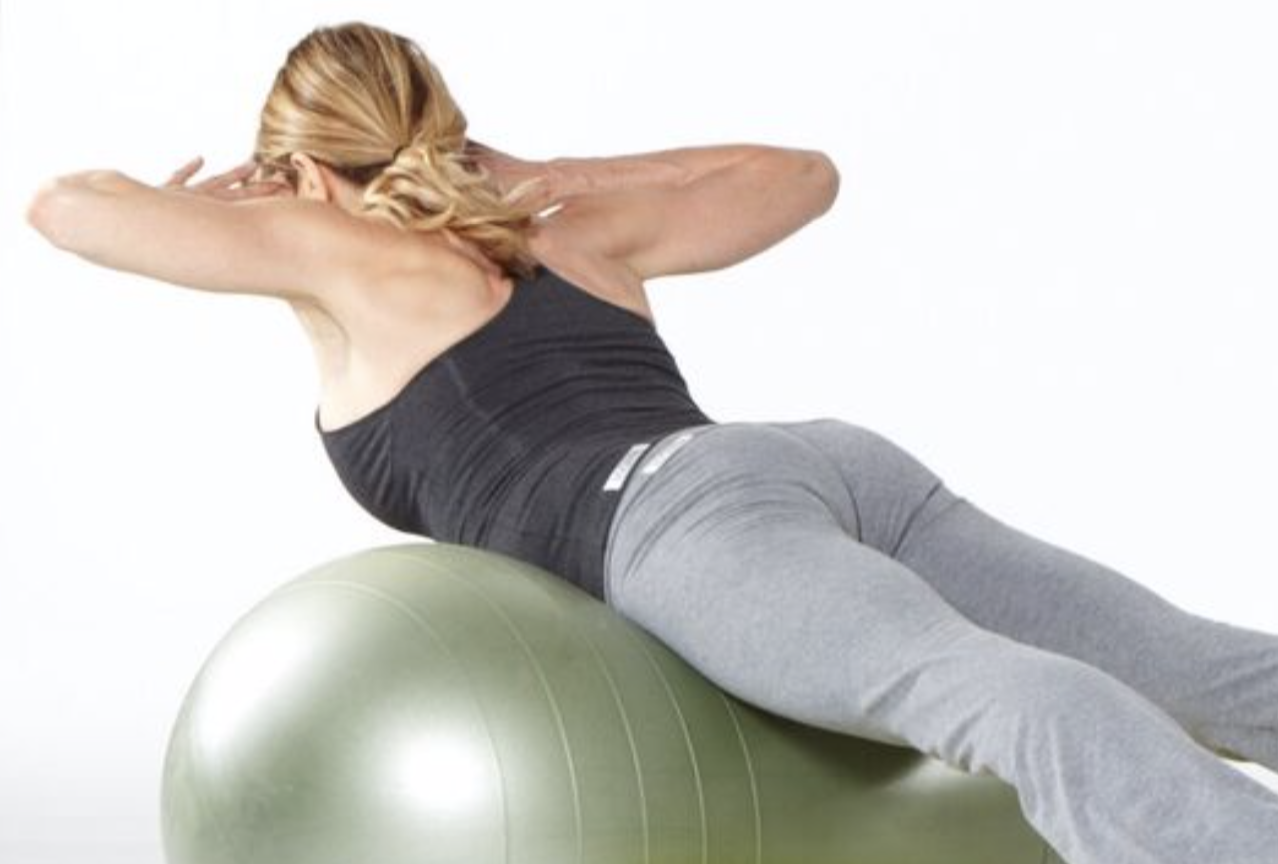The Art of
STACKING YOUR HABITS

How can you ensure that your resolutions stick and lead to long-lasting results? The answer lies in embracing the power of small steps and making resolutions that can be sustained throughout the year.
What’s your morning routine? In other words, what are the first few things you do in the morning? Shower, grab a a protein shake…or a muffin?
If you want your life to be better, it’s all about choices. Specifically, choosing to be healthier and happier more fit, and more self-satisfied. These are the most profound choices you’ll ever make, because they have the power to change everything else in your life.
We all make choices every day…Now or later? Here or there? Him or her? This or that? Should I or shouldn’t I?
In fact, you could reasonably say that life is an endless series of choices. They confront us every waking minute. Watch TV or read the paper? Exercise before work our sleep in? Hot fudge sundae or fresh raspberries?
Even when we’re unaware of the choices or don’t recognize them as such, they’re still there to be made…and these choices become habits.
Look around you. Where you are right now is the destination that represents every step you’ve ever taken, every road you’ve ever traveled down, every choices you’ve ever made. Whatever those habits were, however small or large they seemed at the time…which book to read, what shoes to wear…they’re all pieces of the jigsaw puzzle that form a picture of you today. Each one, in its own way, contributed something to making your life what it is today.
If you don’t like where you are right now, don’t despair. You always have choices available to you, which means if you’re not satisfied, you can always make life better. It’s time to begin making better habits, ones that lead to somewhere you want to be. Remember, life is about getting better all the time.
As you embark on a new year, here are a few tips to help you make resolutions that will stand the test of time.
STACK YOUR HABITS
By anchoring a new habit to an existing one, you can tap into success. For instance, the morning ritual of sipping on a cup of matcha can be the perfect opportunity to engage in a one-minute breathing exercise. Or, while you brush your teeth, practice the flamingo by balancing on one leg.
DO IT EVERY DAY
Consistency is key when it comes to sustainable change. Establishing a routine that incorporates your resolutions into your daily life will make them more manageable and less overwhelming.
CELEBRATE SMALL WINS
Don’t underestimate the power of celebrating even the smallest victories. Acknowledging and rewarding yourself for your progress will keep you motivated and eager to continue.
EMBRACE SUPPORT
Surround yourself with a supportive network of friends, family, or like-minded individuals who can cheer you on, offer guidance, and hold you accountable.





